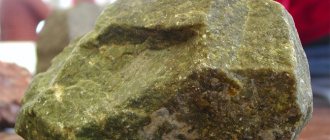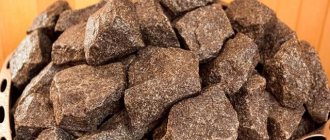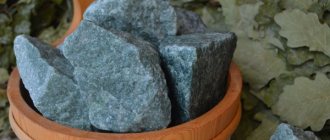Gabbro-diabase
We have made an attempt to thoroughly answer the question: what is gabbro-diabase, to consider all its properties and characteristics. The result of the work done was this section. If you don’t want to get acquainted with its subject so completely, look only at the subtitle that interests you.
History and origin
The appearance of powerful deposits of diabase, called traps, according to geologists, is caused by global changes in the depths of the planet. As a result of the processes, huge accumulations of magma approach the upper tier of the soil.
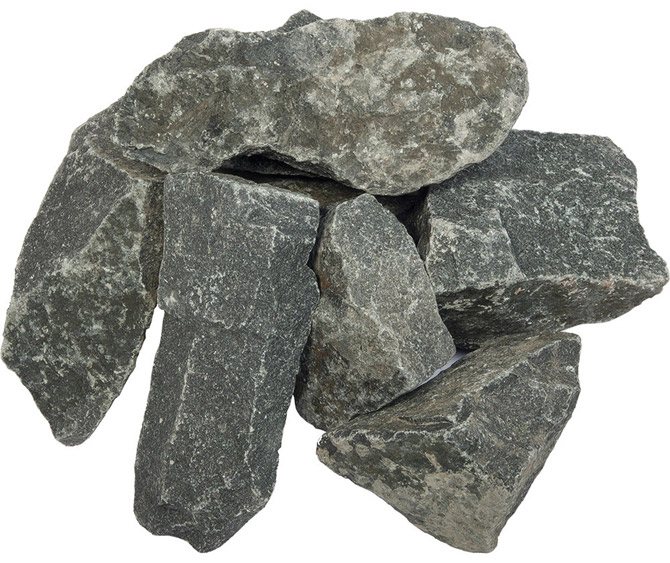
The largest deposit is located in Hindustan. Geologists say that the mineral appeared as a result of the release of magma to the surface of the earth after a collision with a huge meteorite.
The main deposits are formed in areas where volcanic lava and tuff are concentrated. Diabase is developed from sedimentary mountain deposits.
Correcting incorrect wording
We hope that if a person lands on our article from an incorrect request, he will learn how to do it correctly. Therefore, let's look at the most common requests.
Which is better: gabbro or diabase?
Apparently, we still have to talk about what “diabase” is and how it differs from “gabbro”. In essence, “diabase” is a designation for the replacement of some minerals by others, which occurred in very ancient rocks over time. If a plutonic gabbro rock was found with traces of replacement of plagioclase and pyroxene by albite and chlorite, it was called “gabbro-diabase.”
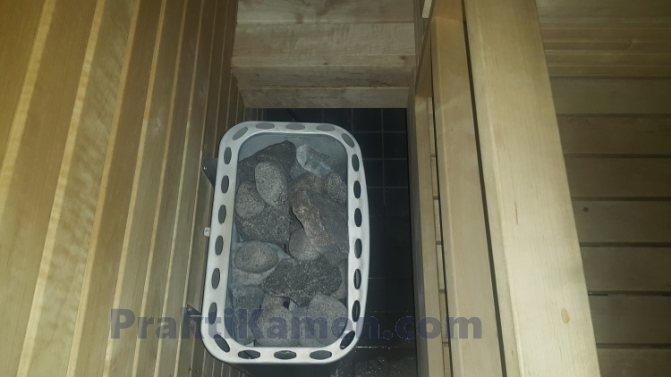
Gabbro-diabase in an open heater
But this name spread from paleotypic rocks to younger cenotypic rocks, which were not subject to any replacement. On what basis?
On the basis that these young rocks had a “diabase structure” - this means a certain elongated structure of plagioclase crystals, characteristic of this mineral, with gaps that are filled with pyroxene crystals, which are not so characteristic of them. Elongated plagioclase crystals resemble snake scales, which is why this structure is also called “ophite.”
So young dolerite became gabbro-diabase. Now let's try to solve the riddle: what was meant by the question “which is better - gabbro or diabase?”
If we take it in its original sense, then “gabbro” should be understood not as a replaced rock, but as “diabase” - which has undergone greenstone replacement. In this case, gabbro is better , because it is a more durable rock, harder. These properties would be manifested both in a sauna stove and in construction. And even a monument made of more durable stone is preferable.
But if we assume that “diabase” means dolerite, then the same question can be answered that both are quite good.
Granite tiles gabbro-diabase
Above we have already described the difference between the two rocks, so it is clear that granite tiles and gabbro-diabase are not the same thing .
But the whole point is that it is sold under exactly that name! That is, a completely different rock is sold under the guise of granite. And this is considered quite acceptable, oddly enough.

Karelian granite gabbro-diabase
Same nonsense. Karelia, of course, is one of the oldest, well-developed suppliers of stone in Russia, its deposits are known, the stone is so valued that Red Square is laid out with it. And it supplies both granite and gabbro-diabase. But in the expression “Karelian granite gabbro-diabase”, you must either put a comma between them, or remove one of the words. Because it's wrong.
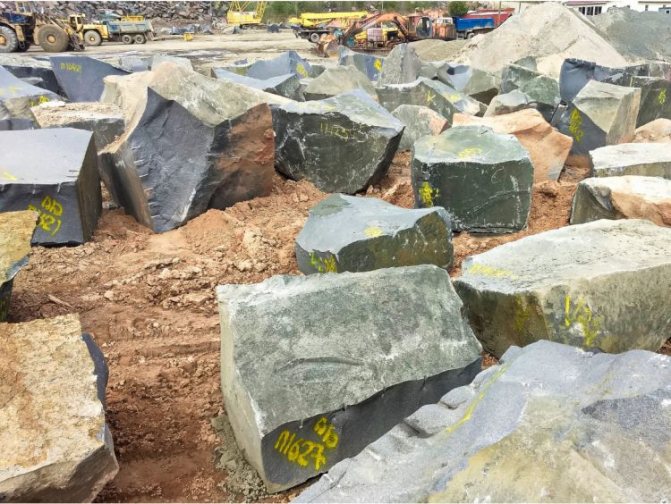
Gabbro-diabase in Karelia. Rodna Photos
Black granite gabbro-diabase
We will not repeat ourselves, but the question is personally interesting for us: is there black granite itself, not gabbro-diabase?
The fact is that a characteristic feature of granite is the content of feldspars. And they are light in color. Of the dark minerals in its composition, only mica.
Therefore, theoretically (we do not know absolutely all the options) we can assume that black granite is impossible if black feldspar is impossible. However, the color of feldspar depends on impurities, so it can be assumed that black varieties also exist.
However, in the vast majority of cases, “black granite” still means gabbro-diabase.
Certificate for gabbro-diabase granite
And this is also asked. Fortunately, the institutions that issue such certificates employ professionals, and the real documents contain real names of rocks, and also indicate the composition.
Below we have borrowed two documents from the site gd-karelia.ru so that you can see for yourself what a “certificate for gabbro-diabase granite” actually looks like:
Mineral mining
Fossil deposits are extensive. The most popular and studied places are the Deccan Plateau in Hindustan, the plain in Argentina, and Brazil. Minerals are mined in Ireland, Finland, and Russia. In the Russian Federation, deposits are located in the Urals, Altai, and in the region of the East Siberian Upland. In South America, monoliths are characterized by voids in which the amethyst is located.
To ensure that the fossil is not damaged during the extraction process and maintains its structure, gentle methods are used. How the first one works:
- First, a hole is drilled into the mineral.
- Then explosives are placed so that the rock blocks remain at their maximum size after the explosion.
Another option is characterized by changing the bomb to use a hydraulic method. The pit is filled with water under pressure. She tears the rock apart.
The latter option implies that the minerals are mined using a professional stone cutter equipped with a diamond-wire sawing mechanism.
Interesting to know! To extract gabbro monolith, special crushing equipment is used, which at the output will allow you to pick up pieces of different sizes and shapes.
Bath and sauna: how do they differ in terms of stones?
In order to take this point of view, it is not at all necessary to become a stone
